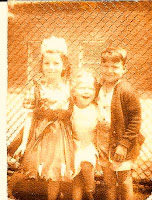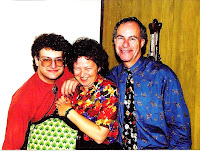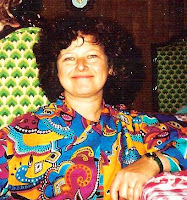After California Supreme Court Chief Justice Ron George announced his retirement, Governor Schwarzenegger nominated Appellate Court Justice
Tani Cantil-Sakauye to replace him. She would be the first Asian (Filippino) woman in that post. What else we know about her doesn’t yield great optimism that she will improve the reputation of the court, which has lost most of its luster since the great days of CJ Roger Traynor in the 1960's and Don Wright in the 1970's.
After the massacre of Rose Bird and three other justices in the 1980's, the court swung to the Right and has stayed there under a succession of conservative Republican governors and a spineless nominal Democrat, Gray Davis. Justice Cantil-Sakauye, married to a retiring Sacramento Police lieutenant, was appointed to the bench and elevated by all the Republican governors since 1990.
Meanwhile the
NY Times produced a lengthy analysis of the US Supreme Court and reached the startling conclusion that since CJ Roberts, it has become more conservative. They included a timeline that tried to fit appointees into slots between left and right ideologies, concluding that five of the ten most conservative justices on the court since 1937 are serving today: Thomas, Alito, Scalia, Roberts, Kennedy. How conservative is this group? All are rated further to the right than Justice McReynolds who refused to speak or have pictures taken with Jewish Justice Brandeis, and voted to upset all of FDR’s New Deal programs.
The NY Times Book Review includes interesting reviews of books about the Dreyfuss Affair, English novelists W. Somerset Maugham and E. M. Forster, and diplomat and political theorist George F. Kennan.
Last week, the
sports pages were preoccupied with an issue that occasionally but persistently rears its ugly head and scares the hell out of the big big business of big time college sports.
A few stories coincidentally brought the oily mess to the surface. USC was drilled by the NCAA for violations relating to illegal payments given to sports stars in their football (Reggie Bush), basketball (O.J. Mayo) and womens’ tennis (?) programs. The second incident related to a number of investigations being conducted about similar violations in several other universities in the SEC. Some coaches, who were blamed for failing to enforce the rules blamed the agents, who they likened to pimps soliciting and corrupting their players (who I guess would be the whores?).
The background of this latest controversy is this. First, college sports business is big business. Billions are earned by the universities from television contracts, merchandising, etc, which the CEO’s of these institutions of higher learning claim are needed to support all the other sports programs that suck money from the schools (like Title Nine womens sports programs) which would sink otherwise.
Second, the competition for first rate “student-athletes” is cutthroat, leading to recruiting of players who not only wouldn’t otherwise qualify as “students” but would really prefer to go straight to the professional level.
Toward that end, ghetto playgrounds and small town fields all aroung this country — and the world — are scoured for prospects, whether they can read or write. Given scholarships and deported to university campuses, they are then expected to live like slaves and monks, work full time on their skills and fitness, while the archaic rules of the NCAA also demand they maintain C averages in academic classes.
If they are injured or found ineligible for academic or ethical failings, they may lose their scholarships and be forced to drop out of the university. After their playing days, those who fail in the pros (the average span of a career in the NFL or NBA is less than five years) usually find themselves back where they started: without marketable skills or the benefits of a college education.
There is a solution. It is radical, forces us to discard some antiquated ideas about “amateurism.” But we were able to overcome the naive prejudice when it came to professionalism in the Olympics. So, it is not impossible. Here’s my simple plan: pay recruits to play their sport for the university.
The pay or stipend can’t compete with what they might get in the pros, but the compensation must be sweetened by giving what the pros cannot give: an education. Not while they are employed in their teams, but after their college careers are over. (Except all student athletes should be offered classes in money management, communication, relationship counseling.
Promise every recruit free tuition for as many semesters as it takes to graduate, including prerequisite tutoring to bring the student up to grade level necessary to equal other matriculating students.
Registered and regulated sports agents should be permitted to recruit students just as other businesses recruit undergrad scientists and engineers, etc. They can sign the student and supplement the stipends.
Those few who become independently and permanently wealthy as pros should be expected to return a portion of their fortune to the university in return for their post career schooling.








